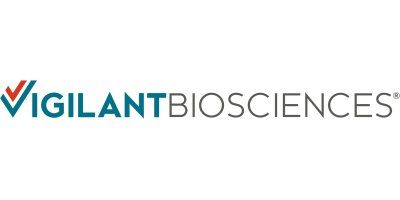

- Home
- Companies
- Vigilant Biosciences, Inc.
- Services
- Test for Oral Cancer
Test for Oral Cancer
This year alone, oral cancer, including oral cancer, will affect the lives of hundreds of thousands of individuals and their families.
Historically, the death rate associated with oral cancer is particularly high due to late–stage diagnosis and intervention. Currently, the vast majority of patients are detected through a visual exam and/or are symptomatic, at which point they are likely late stage. As a result, oral cancer often goes undetected to the point of metastasizing. Survival rate is only 50% due to delayed intervention with more than half of all diagnoses made at stage III and IV. However, earlier detection (stage I and II) of oral cancer yields survival rates of up to 80% to 90%.†
When caught at a late stage, the physical and psychological impact of oral cancer can be severe. Surgical removal may require reconstruction of portions of the oral cavity or facial features. There may also be therapy required to assist in speech and chewing as well as the fabrication of dental or facial prostheses.
Why is it important to test for oral cancer?Elevating the Standard of Care
